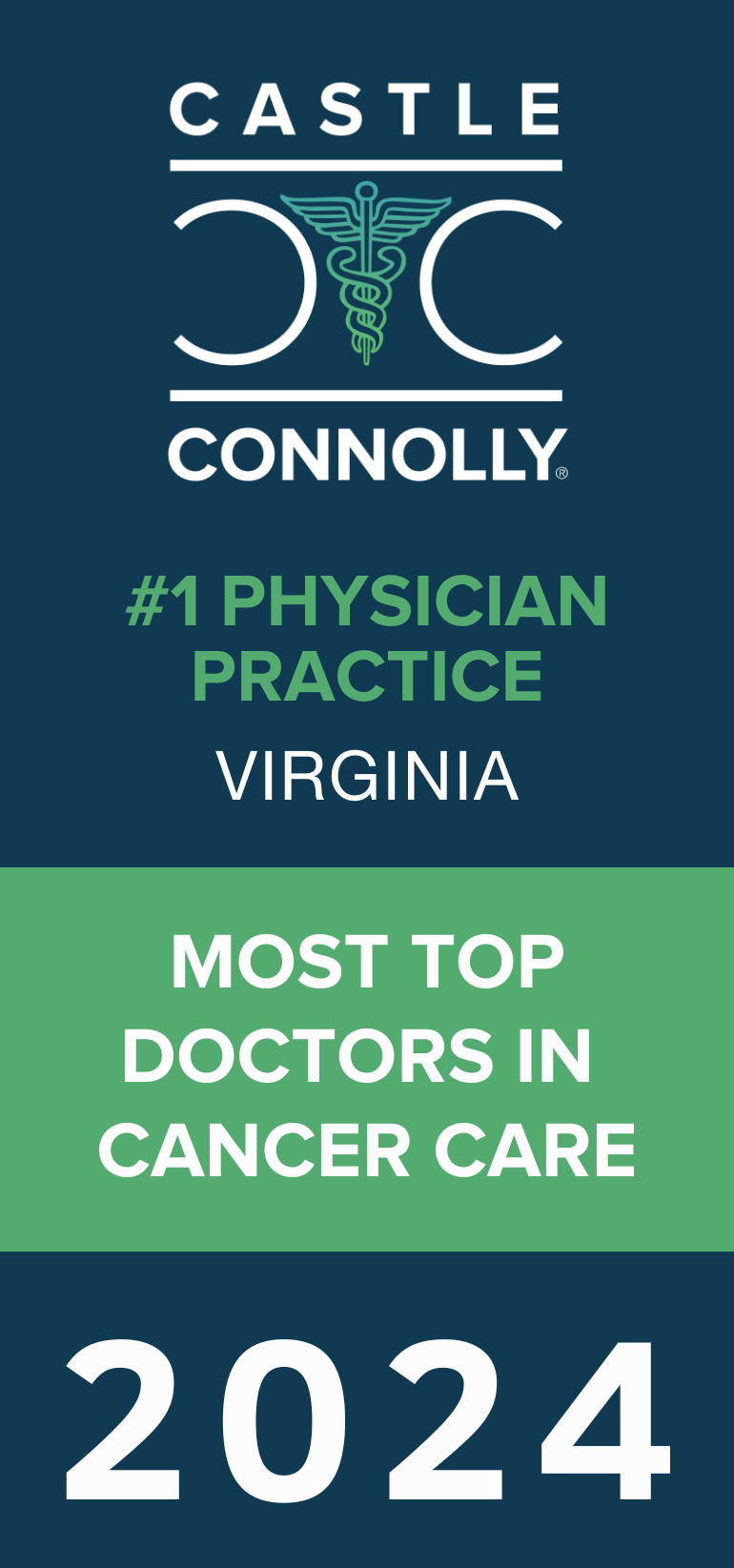People with early oral cancer may be treated with surgery or radiation therapy. People with advanced oral cancer may have a combination of treatments. For example, radiation therapy and chemotherapy are often given at the same time. Another treatment option is targeted therapy.
Surgery
Surgery to remove the tumor in the mouth or throat is a common treatment for oral cancer. Sometimes the surgeon also removes lymph nodes in the neck. Other tissues in the mouth and neck may be removed as well. You may have surgery alone or in combination with radiation therapy.
Surgery to remove a small tumor in your mouth may not cause any lasting problems. For a larger tumor, however, the surgeon may remove part of the palate, tongue, or jaw. This surgery may change your ability to chew, swallow, or talk. Also, your face may look different after surgery. You may have reconstructive or plastic surgery to rebuild the bones or tissues of the mouth. Surgery may cause tissues in your face to swell. This swelling usually goes away within a few weeks. However, removing lymph nodes can result in swelling that lasts a long time.
Radiation Therapy
Radiation therapy can be used to treat the area where the patient is affected by oral cancer. This type of treatment focuses on treating the specific area(s) where the cancer was found. Radiation therapy uses high-energy rays to kill cancer cells. It’s an option for small tumors or for people who can’t have surgery. Or, it may be used before surgery to shrink the tumor. It also may be used after surgery to destroy cancer cells that may remain in the area.
- External radiation therapy: The radiation comes from a machine. Some treatment centers offer IMRT, which uses a computer to more closely target the oral tumor to lessen the damage to healthy tissue. You may go to the hospital or clinic once or twice a day, generally 5 days a week for several weeks. Each treatment takes only a few minutes.
- Internal radiation therapy (implant radiation therapy or brachytherapy): Internal radiation therapy isn’t commonly used for oral cancer. The radiation comes from radioactive material in seeds, wires, or tubes put directly in the mouth or throat tissue. You may need to stay in the hospital for several days. Usually the radioactive material is removed before you go home.
Chemotherapy
Chemotherapy uses drugs to kill cancer cells. The drugs that treat oral cancer are usually given through a vein (intravenous). The drugs enter the bloodstream and travel throughout your body.
Chemotherapy and radiation therapy are often given at the same time. You may receive chemotherapy in outpatient therapy at a cancer center like ours.
Chemotherapy and radiation therapy can cause some of the same side effects, including painful mouth and gums, dry mouth, infection, and changes in taste. Some anticancer drugs can cause bleeding in the mouth and a deep pain that feels like a toothache.
Targeted Therapy
Some people with oral cancer receive a type of drug known as targeted therapy. It may be given along with radiation therapy or chemotherapy. Cetuximab (Erbitux) was the first targeted therapy approved for oral cancer. Cetuximab binds to oral cancer cells and interferes with cancer cell growth and the spread of cancer. You may receive cetuximab through a vein once a week for several weeks at the doctor’s office.




